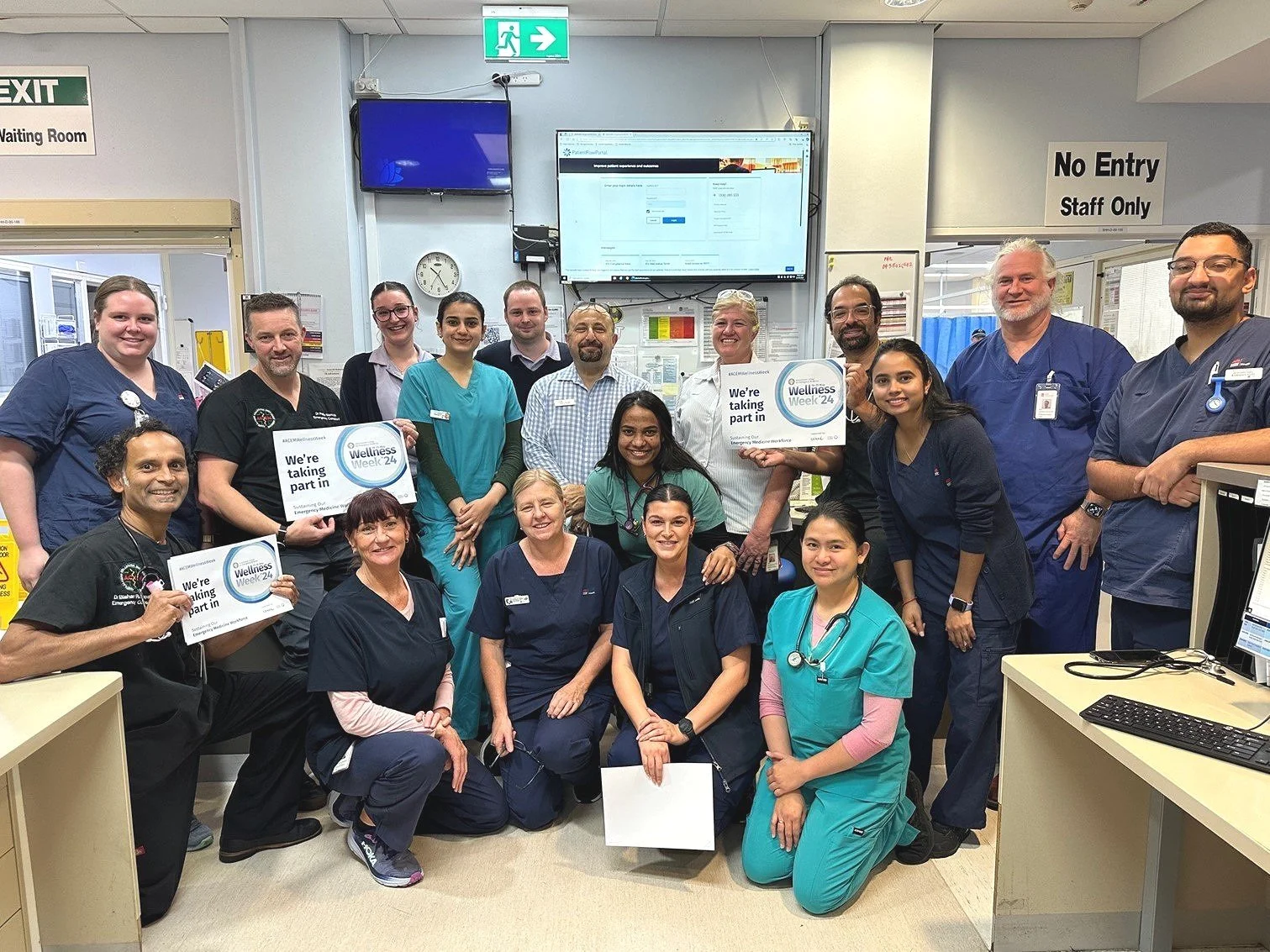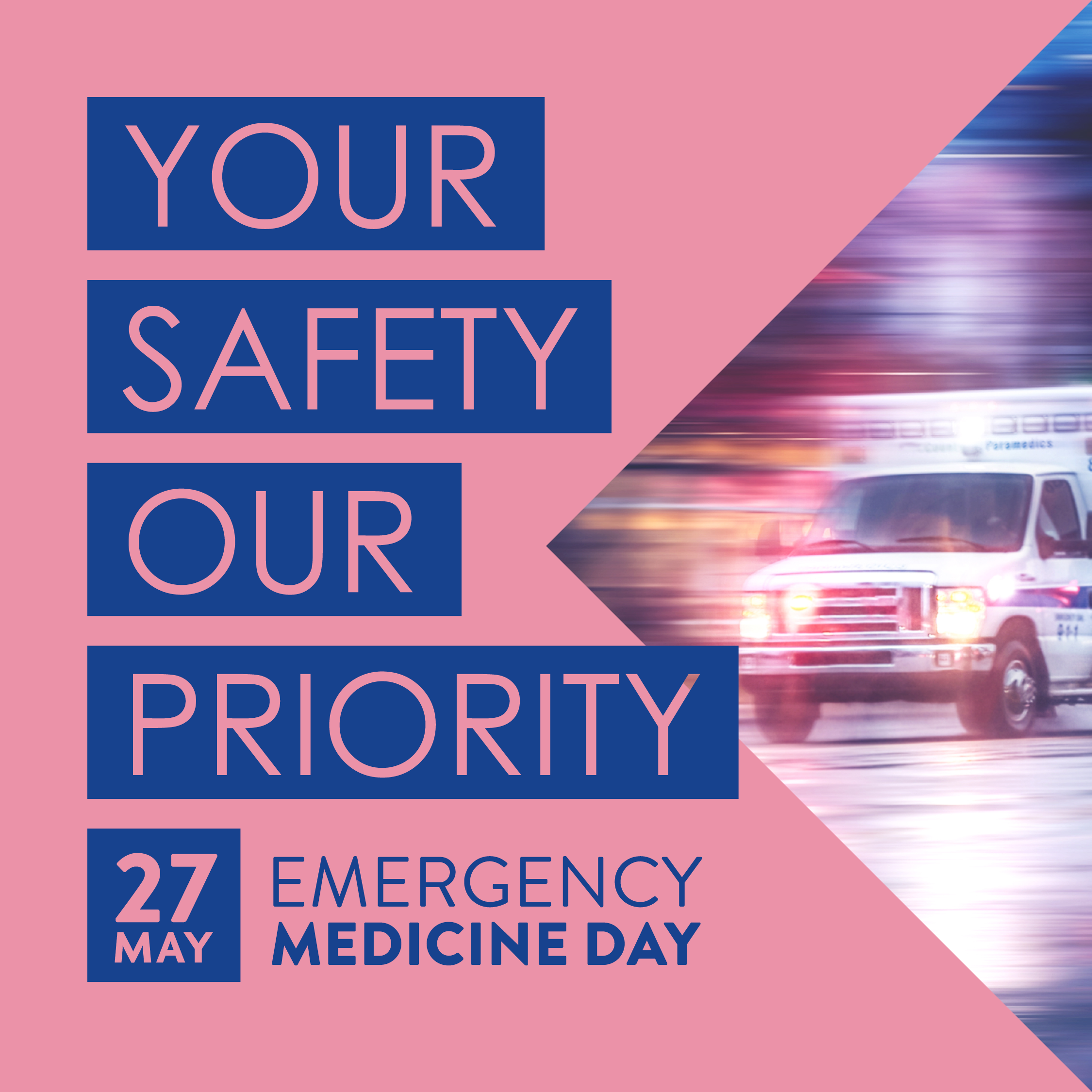A patient advocate asks: Could those vague symptoms be Addison’s?
I was a healthy, articulate, and creative young woman enjoying my studies as a fledgling opera singer in the United Kingdom when – shortly after the birth of my first baby – I began feeling a range of mild, generalised symptoms. I knew the bouts of vomiting and rapid weight loss I was experiencing were not normal, but numerous medical consultations left me feeling frustrated by the same dismissive comments – that I must simply be a tired, stressed woman.
It took a presentation to a hospital emergency department, followed by a diagnostician’s examination, to confirm my concerns that something was wrong. I was told I had Addison’s disease, a condition where the adrenal glands are unable to produce enough hormones, which I still manage today.
Since that diagnosis around 45 years ago, I’ve become a committed advocate for sharing information about the condition in the hope it may help raise awareness amongst medical professionals to recognise the symptoms and offer helpful support and advice – a mission that goes into overdrive during Addison’s disease awareness month each May.
““Often when patients present to the ED, they generally do not look unwell, even though their blood pressure may be dangerously low. So, in some cases ‘not looking sick’ may delay the delivery of urgent medical care.””
Often when patients with Addison’s disease present to the ED, they generally do not look unwell, even though their blood pressure may be dangerously low.
It can be difficult to diagnose as the vague symptoms, including tiredness, weight loss, reduced appetite and irritability, means there is not much for medical professionals to see, with the patient often presenting as ‘fine’.
The disease is also rare, affecting around 2,500 Australians, with only 100 new diagnoses made each year. The symptoms – that also include feeling slightly nauseous, suffering both acute and prolonged periods of vomiting, joint pain, itchy hives and jaundice – can cover a multitude of illnesses, and although the addition of brown elbows and knuckles is something that sets it apart, it is often not immediately picked up.
When I reflect on my eventual Addison’s disease diagnosis, I was told I was the first Addison’s patient the hospital had seen in four years – something I know had a positive educational impact on many young medical trainees at the time.
I continue to advocate for people living with Addison’s disease, including contributing to the development of ACEM’s Quality Standards - a project that supports the idea that working alongside patient advocate when developing or reviewing guidelines can help improve the quality of patient care.
Women suffer from Addison’s disease at a higher incidence rate than men, and the onset of stress can bring on a Addisonian crisis.
In the case of Addison’s disease, I tell medical staff that women know their bodies, and are unlikely to attend hospital for conditions they are already familiar with.
One message I like to share is that I believe it’s important to remember that patients living with Addison’s disease 24/7 are an expert about their condition.
I encourage ED doctors to take patient concerns seriously and do not immediately dismiss seemingly minor symptoms as anxiety, stress, or hormonal responses – it could be Addison’s disease.







